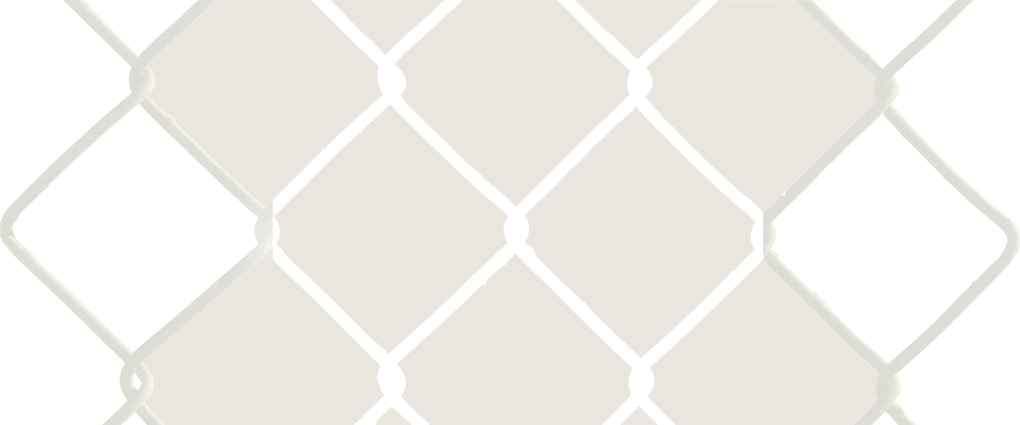

This text is by Corrie Baldauf in her capacity and does not, necessarily, reflect the views of different infinite mile contributors, infinite mile co-founders, the authors' employers and/or other affiliations.
| The Campana Brothers and Michael E. Smith Pre- and Post-use Nostalgia |
||||||||||||
Corrie Baldauf |
||||||||||||
Imagine entering an unfamiliar space and deciding where to sit. An intuitive calculation occurs if the first spot selected feels right. Considering how visitors situate themselves in a gallery came to mind when I went to see both Fernando and Humberto Campana/Recent Works at Re:View Contemporary Gallery (4/26 - 5/31/2014) and Micheal E. Smith at Susanne Hilberry Gallery (4/25 - 6/7/2014.) Viewing the Campana Brothers’ and Michael E. Smith’s sculptures in the context of the gallery and in the context of the collectors’ home sets the stage for a three-part circuit. It begins with reflections of the artists’ domestic and commercial experiences, carries into the gallery to be compared with our experiences, and lands in our collection of memories and actual dwelling spaces.
In the back of the main gallery there is a chaise teeming with wild stuffed animals (fig. 1). “Cake Stool” (2008) relates back to the concept of the “Banquete Chair” (2002). The Campana Brothers describe that the pieces “have a dark side…it’s like the food chain in nature whereby one creature eats the next. At first it seems to be a chair for children or something very lighthearted. But there is also something quite perverse about this chair…” The works serve as a vivid example of Jean Baudrillard’s second phase of the image, masking and perverting a basic reality. The animals do this coyly, heralding a pre-use nostalgia that brings to mind the unadulterated surfaces of Jeff Koons animal sculptures and the construction of Mike Kelly's plush toy satellites. Unlike the associated works, the Campanas’ sculptures lay low and look upward--rendering the viewer as the towering entity.
In the second gallery there is a set of spoons, or, rather, the unwieldy heads of a set of spoons, tooled by the artist like pieces of beef jerky and held mid-bite in the multiple mouths of two PVC pipes in repose (fig. 2). They perch on a pedestal with the surface area of a dining room table. The table is one of four, placed in a grid and, sizably, the focal point of the exhibition. During the opening, a couple entered this gridded space creating a visual tableau of David Hockney's "American Collectors (Fred and Marcia Weisman)" (1968). a red wheel glazed with rain beside the white
The Campana Brothers and Smith are preserving the tools that they realize "so much depends upon." In turn, so are the collectors of their work. An attentive Los Angeles collector respects the importance of Smith's work in situ. He hires the artist to sense out the placement of the work in his collection. The sculpture that was lodged in the front door handle of Susanne Hilberry in 2011 (fig. 3) is now comfortably tucked under a dark wood shelf in the collectors home (fig. 4).
Comparing the artwork at Susanne Hilberry Gallery and the designs at Re:View Contemporary Gallery triggers a reminder of the value artists and designers bring to their materials. When we catch ourselves taking a fresh look at our spoons, folded t-shirts, and garden hoses, we have the Campana Brothers and Michael E. Smith to thank. Michael E. Smith at Susanne Hilberry Gallery (2014): http://www.susannehilberrygallery.com/ Williams, William Carlos. The Red Wheelbarrow. "XXII" from Spring and All. New York: Contact Editions / Dijon: Maurice Darantière. 1923. |





